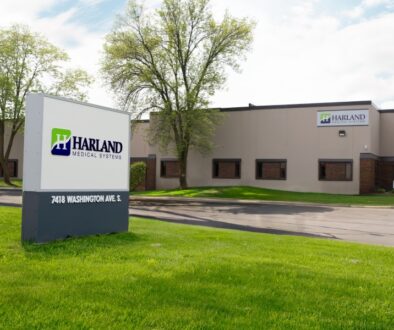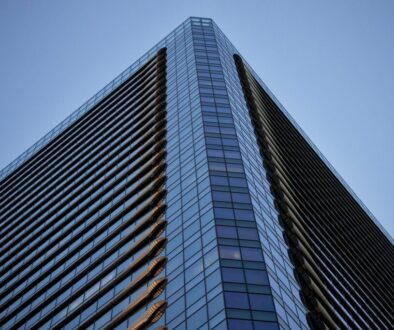Construction Investment in San Salvador Expected to Surpass $8 Billion in 2026
Contact the Central American Group to explore the foreign investment options in El Salvador and Costa Rica.
Record-Breaking Investment Levels
Construction investment in San Salvador will close 2025 with more than $5 billion, according to the Metropolitan Area Planning Office of San Salvador (OPAMSS). With this investment level, the organization forecasts that construction investment in San Salvador will exceed $8 billion in 2026. The metropolitan agency reported that this level of investment has never been recorded before, positioning the San Salvador Metropolitan Area (AMSS) in an unprecedented phase of urban dynamism.
Boost in Confidence and Private Sector Engagement
Luis Rodríguez, Executive Director of the Council of Mayors and OPAMSS, said that this increase in investment in the construction sector has generated greater confidence in the economic and urban development possibilities of San Salvador. Rodríguez emphasized: “The growth in construction investment in San Salvador shows that people have more confidence in our city.” He added that most of the increase this year was generated by the private sector, which tripled its investment portfolio in recent months. This growth has been encouraged by greater legal certainty, simplified administrative procedures, and precise territorial planning.
Active Projects and Sector Distribution
The institution reports that it currently has more than 480 active projects in the AMSS. Residential projects account for 52% of the total, while storage, logistics, and industrial projects represent 11%, and tourism projects have increased by 7%.
Rise of Mixed-Use and Vertical Developments
The construction of mixed-use developments combining housing, commerce, and offices has gained momentum. Vertical construction is being encouraged in areas with adequate infrastructure to optimize land use. Rodríguez highlights that this shows the sector’s growth is not limited to housing: mixed-use and non-residential investments are also increasing, reflecting a more diversified and mature market.
Diversification Strengthens the Sector
Rodríguez points out: “The diversification of the projects gives us the assurance that this investment is not in a single sector, but is growing throughout the construction sector, with housing, industrial, commercial, and tourism investments in El Salvador.”
Collaboration Between OPAMSS and the Private Sector
Rodríguez highlights the excellent coordination between OPAMSS and private actors, particularly with the Salvadoran Chamber of the Construction Industry (CASALCO), which reported $3 billion in ongoing investments this year. OPAMSS is also strengthening connections with other business and industry chambers, including the Salvadoran Association of Industrialists (ASI), COEXPORT, AmCham El Salvador, and the Chamber of Commerce.
Streamlining Administrative Processes
Through partnerships with the Regulatory Improvement Agency (OMR), OPAMSS has reduced the time required for technical reviews and approvals, established clear technical criteria, and created direct communication channels between investors and local authorities. As a result, projects worth over $4.2 billion that were previously stalled have advanced in recent months.
Accelerating Investment and Building Confidence
Rodríguez emphasized that these measures have de-bureaucratized investment processes, accelerated investment timelines, reactivated private investor confidence, and sped up both private and public investment projects.
Technological Tools for Predictive Urban Planning
San Salvador is investing in predictive technological platforms that provide real-time geomorphological studies. These tools allow authorities to anticipate ecological corridors, aquifers, risk areas, and service saturation before approving projects. Rodríguez adds: “We work with technologies that allow us to analyze soil, water points, ecological corridors, and generate risk maps. Before a project is executed, we can make adjustments to prevent negative impacts.”
Sustainable Urban Growth Models
OPAMSS promotes sustainable urban growth that incorporates environmental, social, and territorial sustainability. The HOUSE Guide, a technical manual, sets standards for land use, energy, water management, and construction waste management, ensuring that all developments meet sustainability criteria.
High-Rise and Mixed-Use Developments
Vertical buildings are being encouraged in areas with infrastructure to accommodate more housing and services, improving land permeability and public service efficiency.
Creation of New Urban Districts
OPAMSS is reviewing plans for new urban districts to relieve pressure on the city center. These districts will offer residents access to health, education, and transportation services. Currently, three major projects exceeding $100 million are under evaluation, with technical and environmental studies underway.
Key Drivers of Construction Recovery
Rodríguez identifies the main drivers of the sector’s recovery: increased public security, strategic public works (roads, ports, customs), simplification of bureaucracy, and clear regulations that foster business confidence.
Emerging Residential and Logistics Hubs
High-value residential areas such as San Benito, Antiguo Cuscatlán, Nuevo Cuscatlán, Santa Tecla, and Surf City are attracting investors and residents. Apopa and Nejapa are emerging as logistics districts, benefiting from prior road investments and commercial infrastructure for storage, distribution, and industrial activities.
Maturity and Diversification of the Construction Sector
Rodríguez notes that the construction sector’s profile has evolved. Beyond residential projects, there is now a strong interest in strategic investments in industrial, logistics, commercial, and tourism projects—an indication of the Salvadoran construction sector’s growing maturity and the sustained momentum of construction investment in San Salvador across multiple sectors.
Contact Us
Please use this form to contact us and we will respond as soon as possible:





